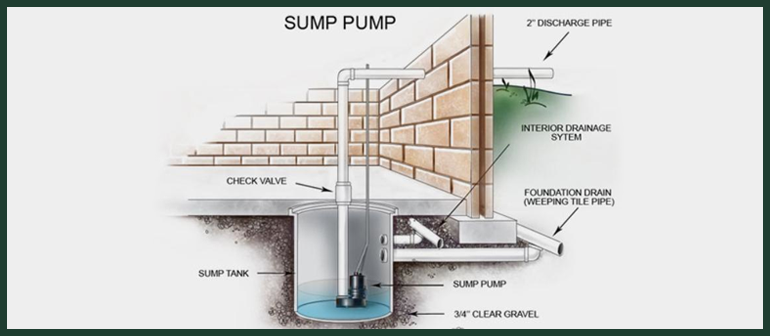
If you’re a homeowner or a renter who lives in a house with a sump pump, then you should know the basics about how it works and why your house needs one. Essentially, it’s a small pump that resides in a sump pit, a shallow square hole with a gravel lining that’s about two square feet in size found in the basement or crawlspace of a home. The pit collects water, which the pump then directs away from the house through a series of pipes. If your basement gets flooded due to a malfunctioning sump pump, you may need to file an insurance claim. In addition, you may contact reliable claims adjusters like LMR Public Adjusters to help you get a fair compensation.
Sump Pump Basics Simplified
When your pit fills with waste water, a float activator arm or pressure sensor automatically triggers the unit, which turns on and begins pumping water out of the sump pit. This water is directed away from your house to avoid flooring in and around your basement or crawlspace which also supported by the Basement Waterproofing Systems. If you have one but it’s not working well, then you may need to consider getting it replaced via a service that provides sump pump replacement in Shoreline, WA.
Pressure Sensor Activated Sump Pumps
Pressure sensor activated sump pumps work exactly as they’re described. Since water puts more pressure on the pressure sensor than air does, when the sensor is submerged in water, the pump activates, if you need an installation for this professionals like plumbers bellingham can help in this area.
Float Activated Sump Pumps
If you’ve ever seen how a toilet tank works, it’s very similar to a float activated device. A buoyant component, either a ball or piece of foam, is attached to a trigger arm and floats on top of the water. As the water level rises, this component is forced above a certain level and causes the sump pump to activate.
There are also other types of sump pumps that can be adjusted manually, but these designs aren’t as popular due to the reduced convenience of having to take manual action. Most residential sump pumps are electrically powered and typically don’t require any sort of special electrical wiring beyond a regular grounded outlet. Aside from the pressure sensor and float activation features there are two main types of pump designs:

